Home>Gardening & Outdoor>Garden Tools & Equipment>How Powerful Of A Leaf Blower Do I Need
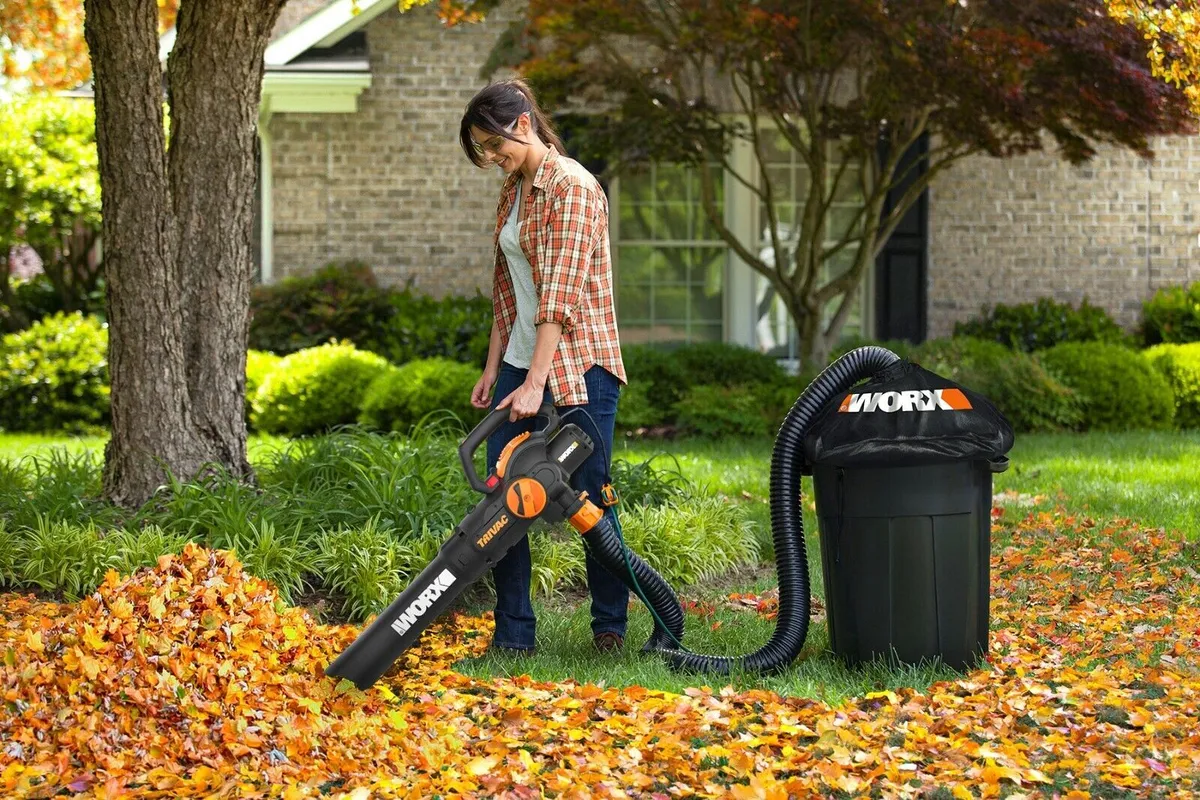

Garden Tools & Equipment
How Powerful Of A Leaf Blower Do I Need
Modified: September 2, 2024
Find the perfect leaf blower for your gardening needs with our guide. Discover the ideal power level for your garden tools and equipment.
(Many of the links in this article redirect to a specific reviewed product. Your purchase of these products through affiliate links helps to generate commission for Storables.com, at no extra cost. Learn more)
Introduction
Welcome to the world of leaf blowers, where the power of your tool can make all the difference in your outdoor maintenance routine. Whether you’re a seasoned gardener or a first-time leaf blower user, understanding the power of these tools is essential for maximizing their effectiveness.
When it comes to choosing a leaf blower, it’s crucial to find the right balance of power and functionality to suit your specific needs. With a wide range of options available, from handheld electric blowers to heavy-duty gas-powered backpack models, finding the ideal power level for your leaf blower can seem daunting. However, armed with the right knowledge, you can confidently select a leaf blower that will make light work of clearing leaves, debris, and grass clippings from your outdoor spaces.
In this guide, we’ll delve into the intricacies of leaf blower power, exploring the factors to consider when choosing the right power level for your needs, and providing valuable insights to help you determine the ideal leaf blower power for your outdoor maintenance tasks. So, let’s dive in and uncover the secrets to selecting the perfect leaf blower power for your gardening arsenal.
Key Takeaways:
- Choose a leaf blower with the right power level based on your property size, debris type, and frequency of use. Consider environmental impact and seek professional advice for optimal performance.
- Understanding leaf blower power, including air volume and airspeed, helps you select the perfect tool for efficient debris clearance in your outdoor spaces.
Read more: What Is The Most Powerful Leaf Blower
Understanding Leaf Blower Power
Leaf blower power is typically measured in terms of air volume and airspeed. These two factors play a crucial role in determining a leaf blower’s effectiveness in clearing debris. Air volume, measured in cubic feet per minute (CFM), indicates the volume of air that the blower can expel in one minute. On the other hand, airspeed, measured in miles per hour (MPH), represents the velocity at which the air is discharged from the blower.
High CFM ratings indicate that a leaf blower can move a larger volume of debris, making it well-suited for heavy-duty tasks such as clearing large piles of leaves or wet, matted debris. Conversely, a high MPH rating signifies that the blower can dislodge stubborn debris and push it over longer distances, making it ideal for precision work and clearing debris from hard-to-reach areas.
It’s important to note that different types of leaf blowers, such as handheld, backpack, and walk-behind models, offer varying levels of power. Handheld blowers are generally lightweight and suitable for light to moderate tasks, while backpack and walk-behind blowers are designed for more demanding applications, offering increased power and extended operating times.
Furthermore, the power source of a leaf blower—be it electric, battery-powered, or gas—also influences its performance. Electric blowers are known for their eco-friendliness and ease of maintenance, while gas-powered blowers are favored for their robust power output and unrestricted runtime, making them ideal for heavy-duty commercial use and large properties.
Understanding the power dynamics of leaf blowers is essential for making an informed decision when selecting the right tool for your outdoor maintenance needs. By comprehending the relationship between air volume, airspeed, blower type, and power source, you can narrow down your options and choose a leaf blower that aligns with the specific demands of your gardening and landscaping tasks.
Factors to Consider When Choosing Leaf Blower Power
When evaluating the power level of a leaf blower, several key factors come into play, each of which can significantly impact its performance and suitability for specific tasks. By considering these factors, you can make an informed decision and select a leaf blower with the optimal power level for your outdoor maintenance needs.
- Property Size: The size of your outdoor space is a crucial determinant in choosing the appropriate leaf blower power. For smaller yards and gardens, a lower-powered blower may suffice, while larger properties with extensive landscaping and foliage may require a more robust, high-powered model to efficiently clear debris.
- Debris Type: The type of debris you typically encounter, whether it’s dry leaves, damp foliage, or heavier debris such as twigs and small branches, influences the power level needed. Wet, matted leaves and heavier debris often necessitate higher air volume and airspeed for effective clearing.
- Frequency of Use: Consider how frequently you’ll be using the leaf blower. For occasional light maintenance, a lower-powered blower may suffice, whereas frequent or daily use, particularly for commercial or extensive residential applications, may warrant a higher-powered, more durable model.
- Maneuverability: The ease of maneuvering the blower is essential, especially in tight or intricate spaces. For tasks requiring precision and control, a lower-powered blower with manageable airspeed may offer better maneuverability, while larger, open areas may benefit from a higher-powered blower with extended reach and coverage.
- Noise and Emissions: Environmental considerations, such as noise levels and emissions, are important factors to weigh when choosing leaf blower power. Electric and battery-powered blowers are typically quieter and produce zero emissions, making them suitable for noise-sensitive areas and environmentally conscious users.
By carefully assessing these factors, you can pinpoint the ideal power level for your leaf blower, ensuring that it aligns with the specific demands of your outdoor maintenance tasks while offering the right balance of efficiency, maneuverability, and environmental compatibility.
Consider the size of your yard and the type of debris you’ll be clearing. For small yards with light debris, a leaf blower with 200-400 CFM should suffice. For larger yards or heavier debris, look for a blower with 400-700 CFM or more.
Determining the Power You Need
Now that you’re equipped with an understanding of leaf blower power and the key factors to consider, it’s time to determine the specific power level that best suits your requirements. By following a systematic approach and considering the unique aspects of your outdoor maintenance tasks, you can confidently identify the ideal leaf blower power for your needs.
Assess Your Property: Begin by evaluating the size and layout of your outdoor space. Take note of the landscaping features, such as flower beds, trees, and shrubs, as well as any obstacles or hard-to-reach areas that may require varying levels of blower power for effective debris clearance.
Consider Debris Characteristics: Reflect on the predominant type of debris you encounter. If your property is mainly covered in dry leaves, a blower with moderate air volume and airspeed may suffice. However, if you frequently contend with wet, heavy debris or stubborn, matted foliage, a more powerful blower with higher air volume and airspeed becomes essential for efficient clearing.
Evaluate Frequency and Intensity of Use: Determine how frequently you’ll be using the leaf blower and the intensity of the maintenance tasks. For occasional light-duty use, a lower-powered blower may be suitable, while regular, intensive use, particularly in commercial or expansive residential settings, may necessitate a higher-powered, more durable model to handle demanding debris clearance requirements.
Weigh Environmental Considerations: If noise levels and emissions are significant concerns in your area, particularly in noise-sensitive neighborhoods or environmentally regulated zones, electric or battery-powered blowers with lower decibel ratings and zero emissions may be the preferred choice, even if it means sacrificing a degree of power compared to gas-powered models.
Seek Professional Advice: If you’re uncertain about the power level needed for your specific tasks, don’t hesitate to consult with gardening and landscaping professionals or knowledgeable sales representatives at garden equipment stores. They can provide valuable insights and recommendations based on their expertise and experience, guiding you toward the most suitable leaf blower power for your needs.
By carefully considering these aspects and gathering insights from experts, you can confidently determine the precise power level required for your leaf blower, ensuring that it aligns with the unique demands of your outdoor maintenance routines, while factoring in environmental considerations and long-term usability.
Conclusion
Choosing the right leaf blower power is a pivotal decision that directly impacts the efficiency and effectiveness of your outdoor maintenance endeavors. By delving into the intricacies of leaf blower power, understanding the relationship between air volume, airspeed, blower type, and power source, and considering key factors such as property size, debris type, and environmental considerations, you can make a well-informed choice that aligns with your specific needs and preferences.
Whether you opt for a handheld electric blower for light-duty tasks, a battery-powered model for eco-friendly convenience, or a gas-powered backpack blower for heavy-duty commercial use, the power level of your leaf blower plays a critical role in achieving optimal results. It determines the blower’s capacity to swiftly clear leaves, debris, and grass clippings from your outdoor spaces, making your maintenance routines more efficient and less labor-intensive.
Moreover, by carefully evaluating your property size, the characteristics of the debris you encounter, the frequency and intensity of use, and any environmental considerations, you can pinpoint the perfect leaf blower power that strikes the right balance between performance, maneuverability, and environmental compatibility.
Ultimately, the goal is to select a leaf blower that not only meets your immediate debris-clearing needs but also aligns with your long-term maintenance goals, ensuring that your outdoor spaces remain pristine and inviting throughout the seasons.
Armed with a deeper understanding of leaf blower power and the factors influencing your choice, you’re well-equipped to embark on your leaf blower selection journey with confidence, knowing that you’ll soon wield a powerful tool that streamlines your outdoor maintenance tasks and enhances the beauty of your garden and landscaping efforts.
Frequently Asked Questions about How Powerful Of A Leaf Blower Do I Need
Was this page helpful?
At Storables.com, we guarantee accurate and reliable information. Our content, validated by Expert Board Contributors, is crafted following stringent Editorial Policies. We're committed to providing you with well-researched, expert-backed insights for all your informational needs.
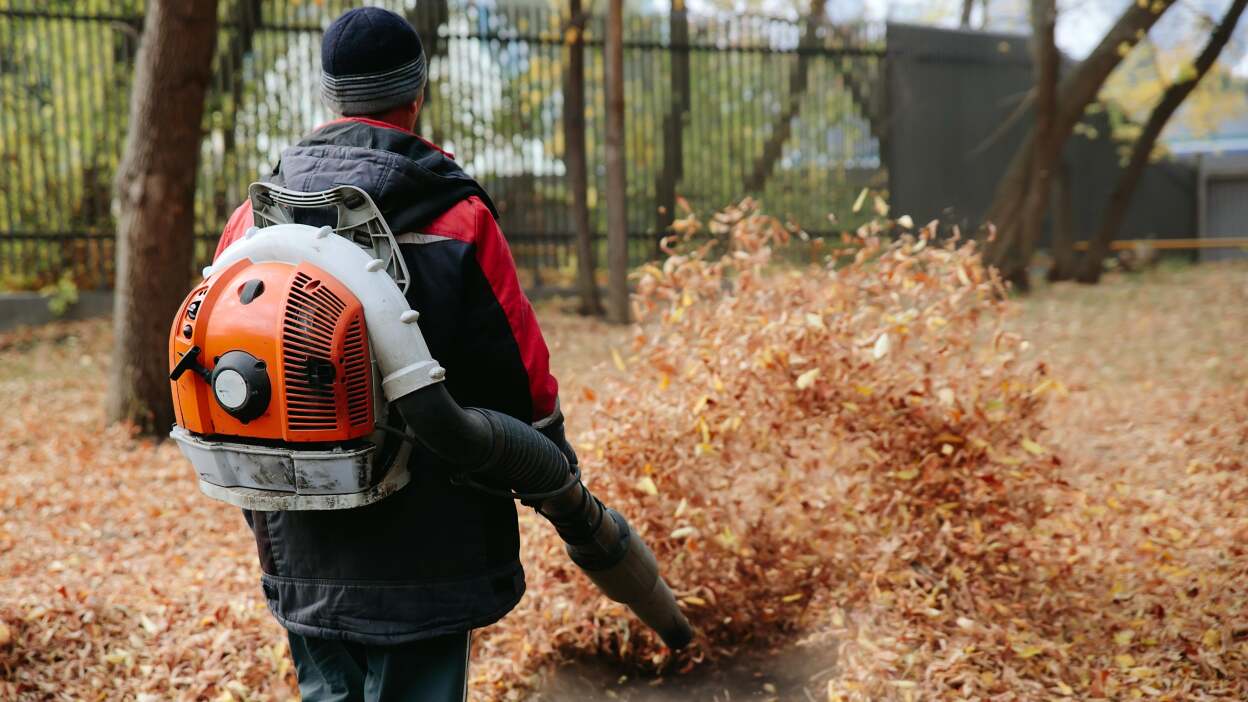
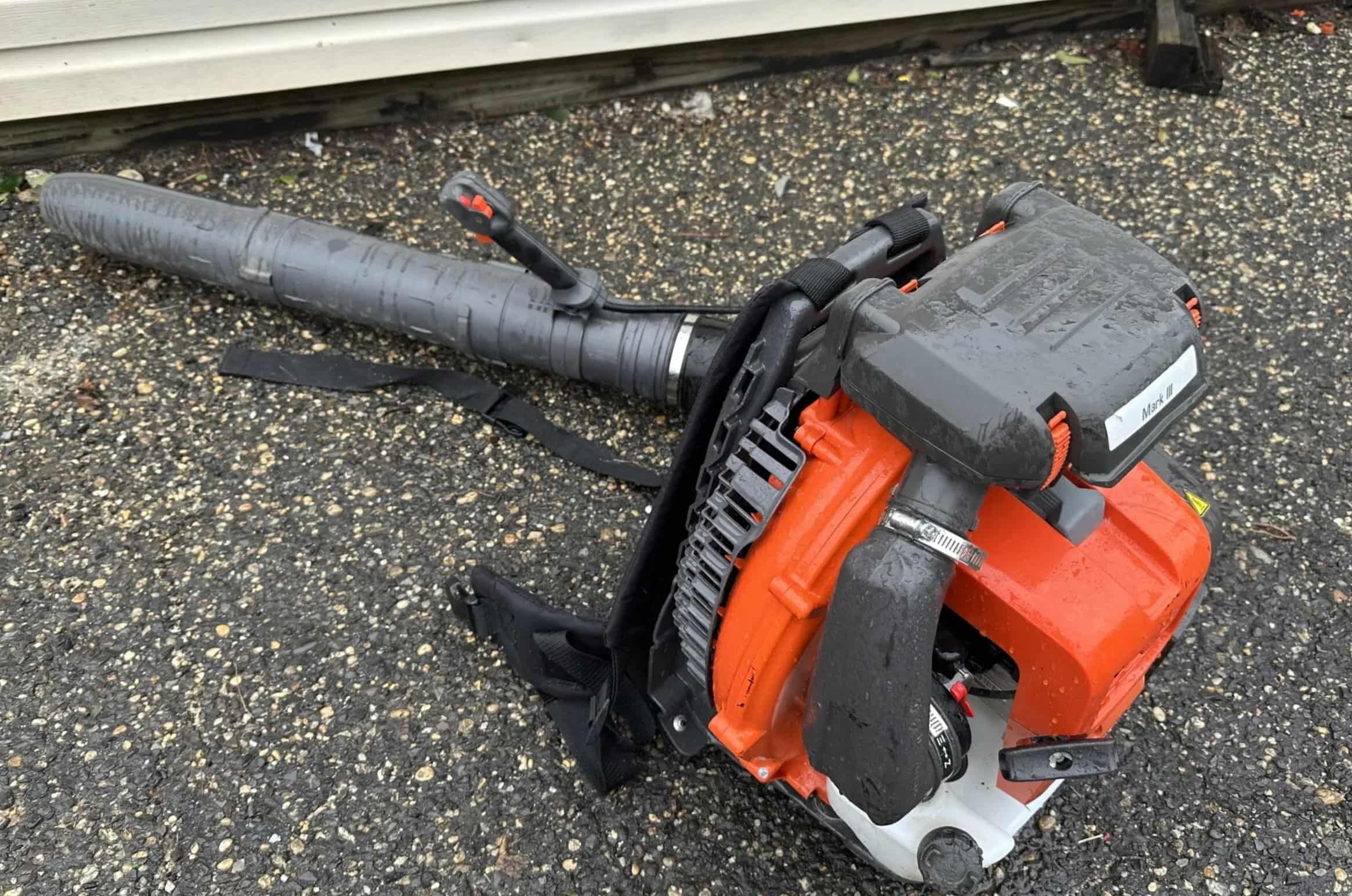
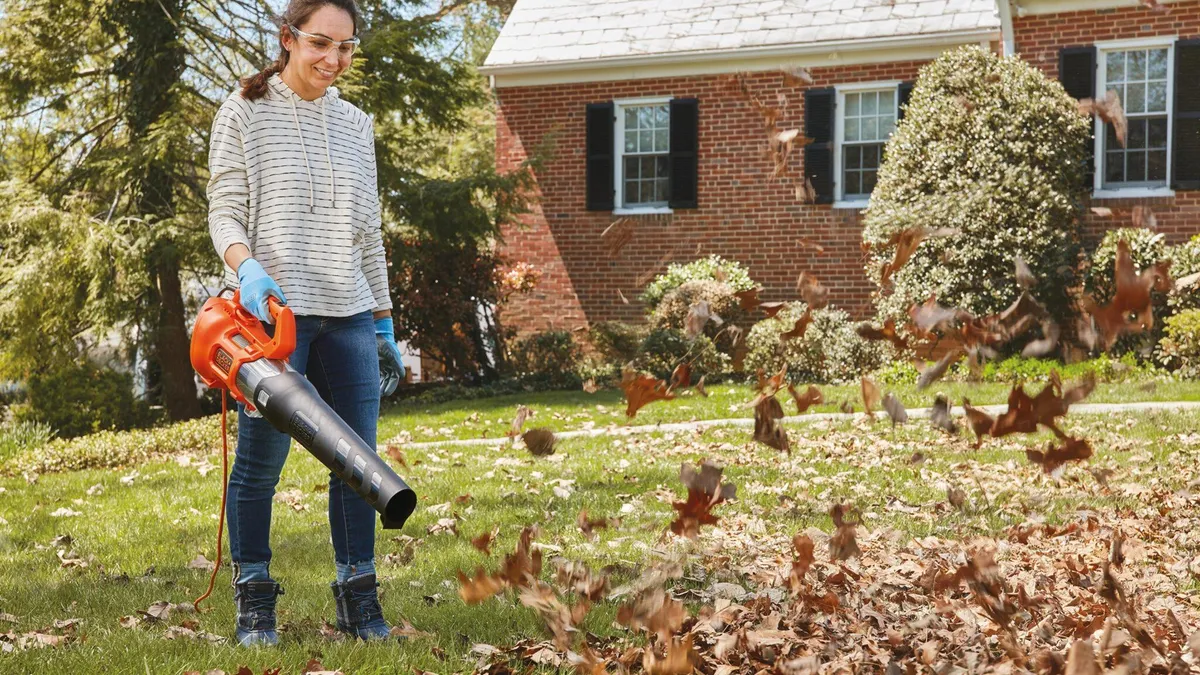
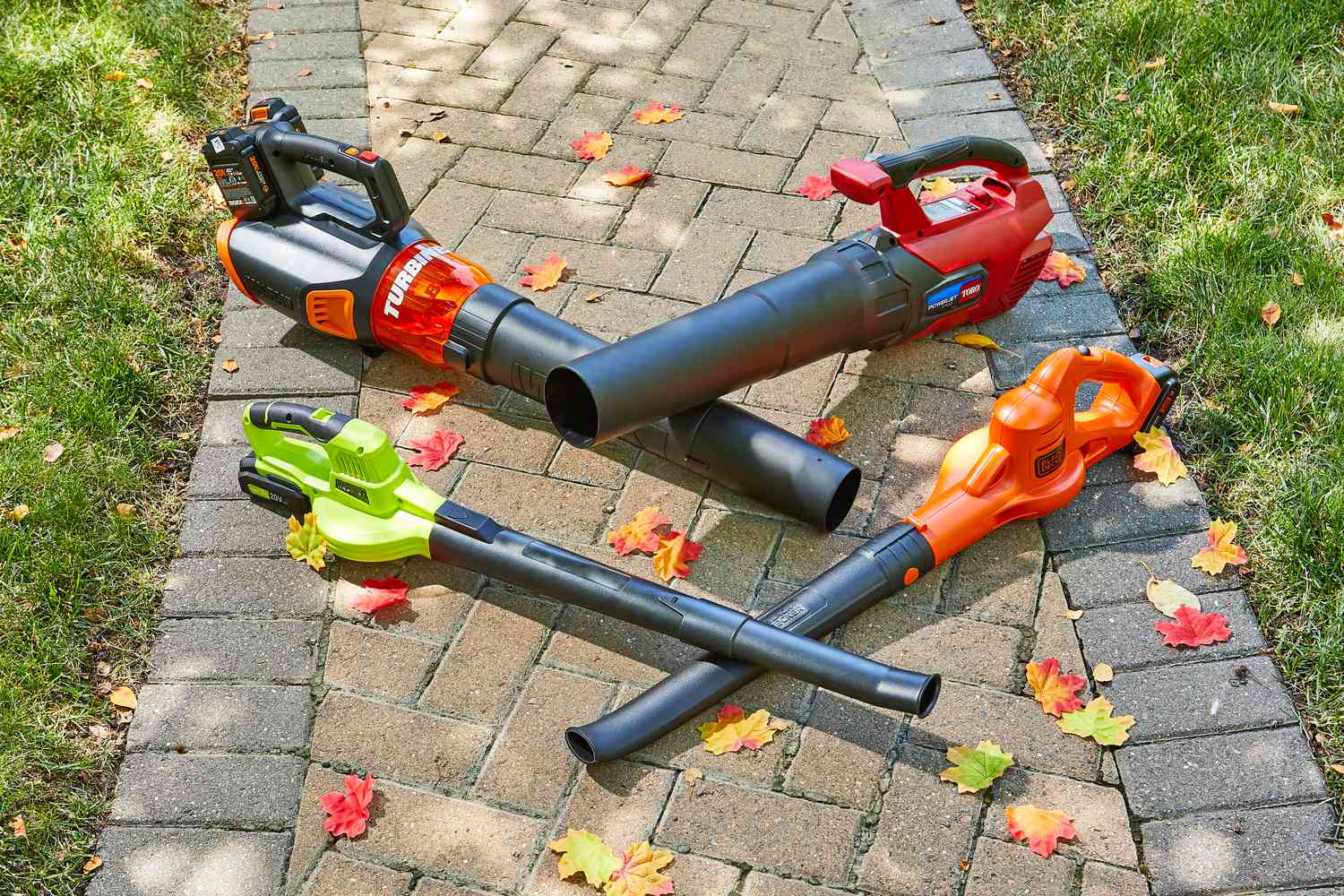
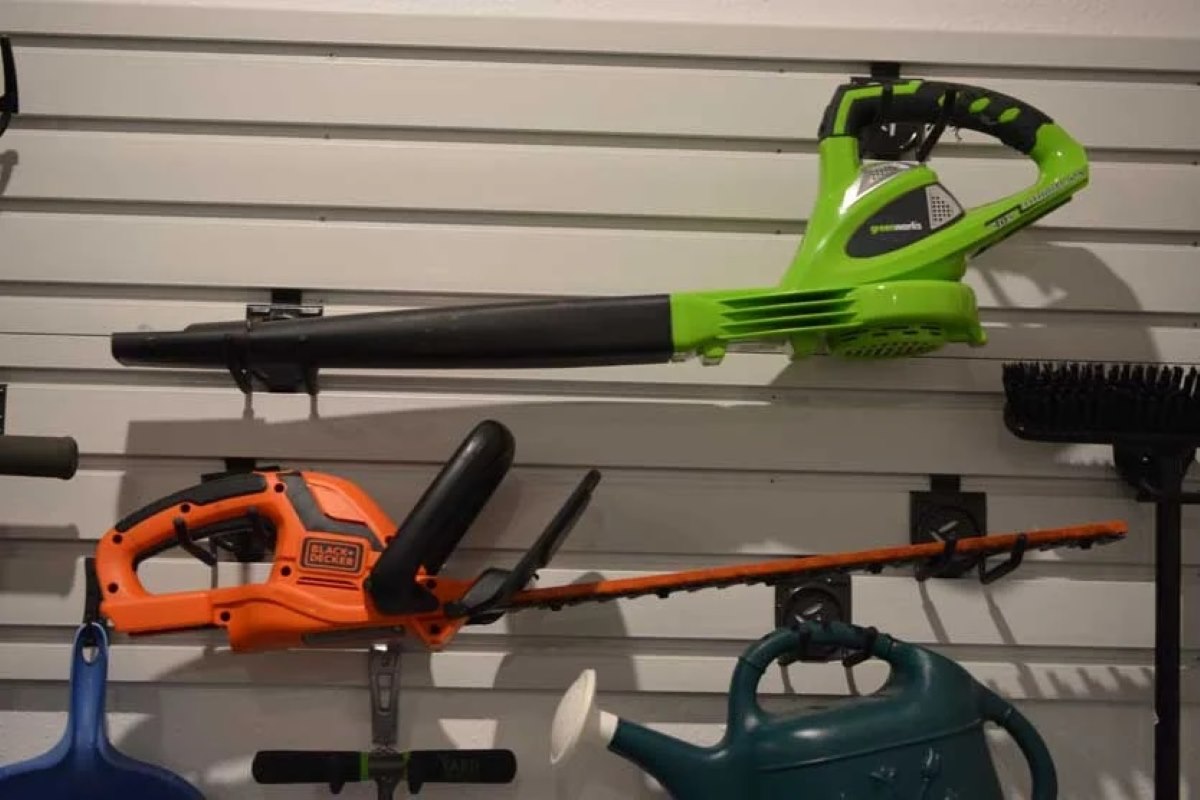
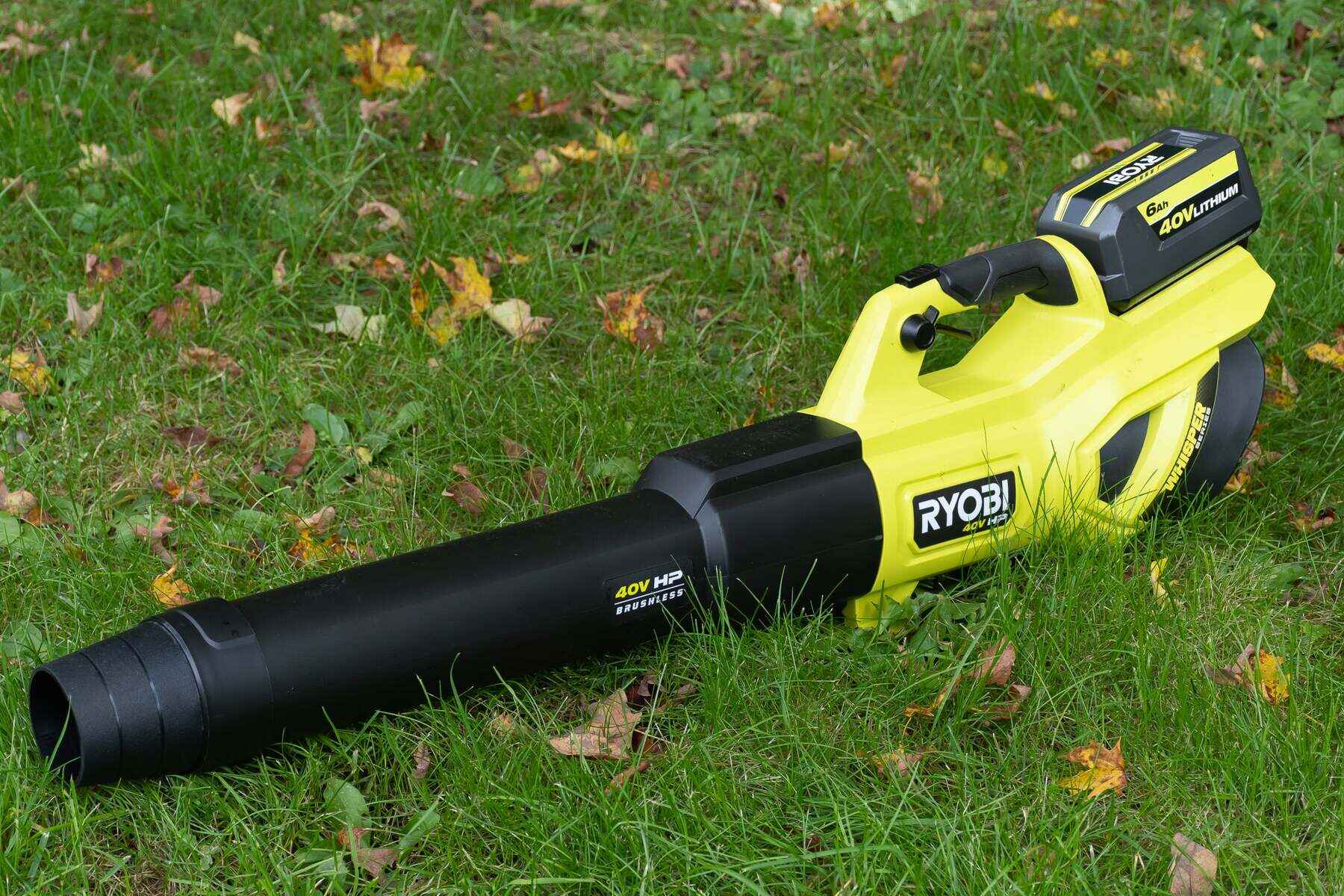
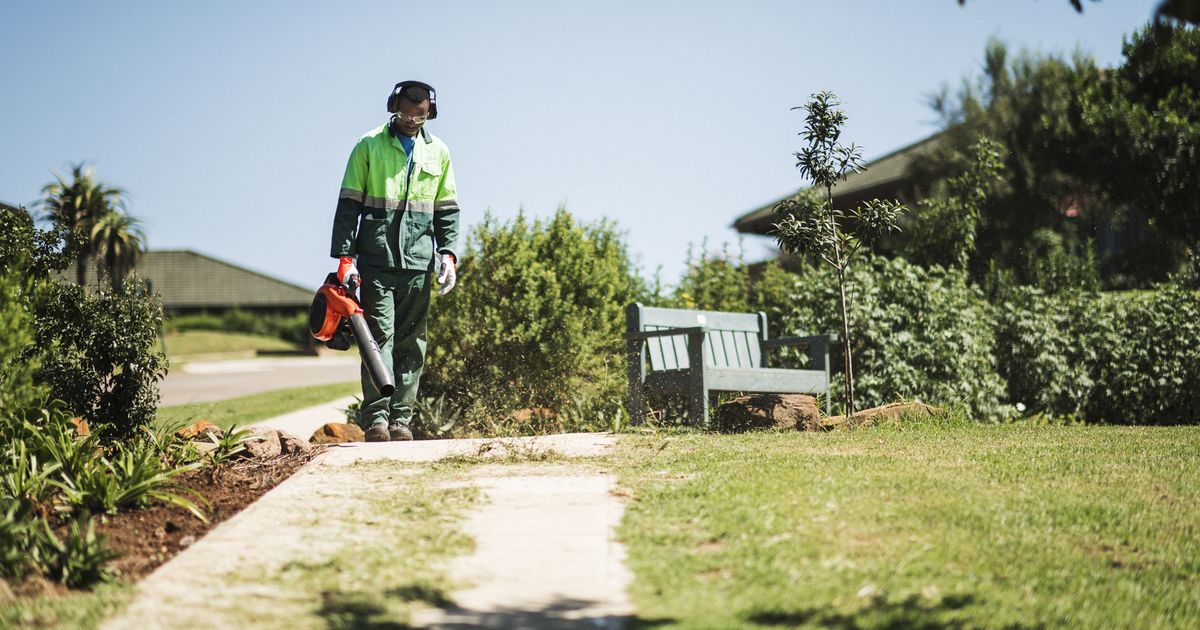
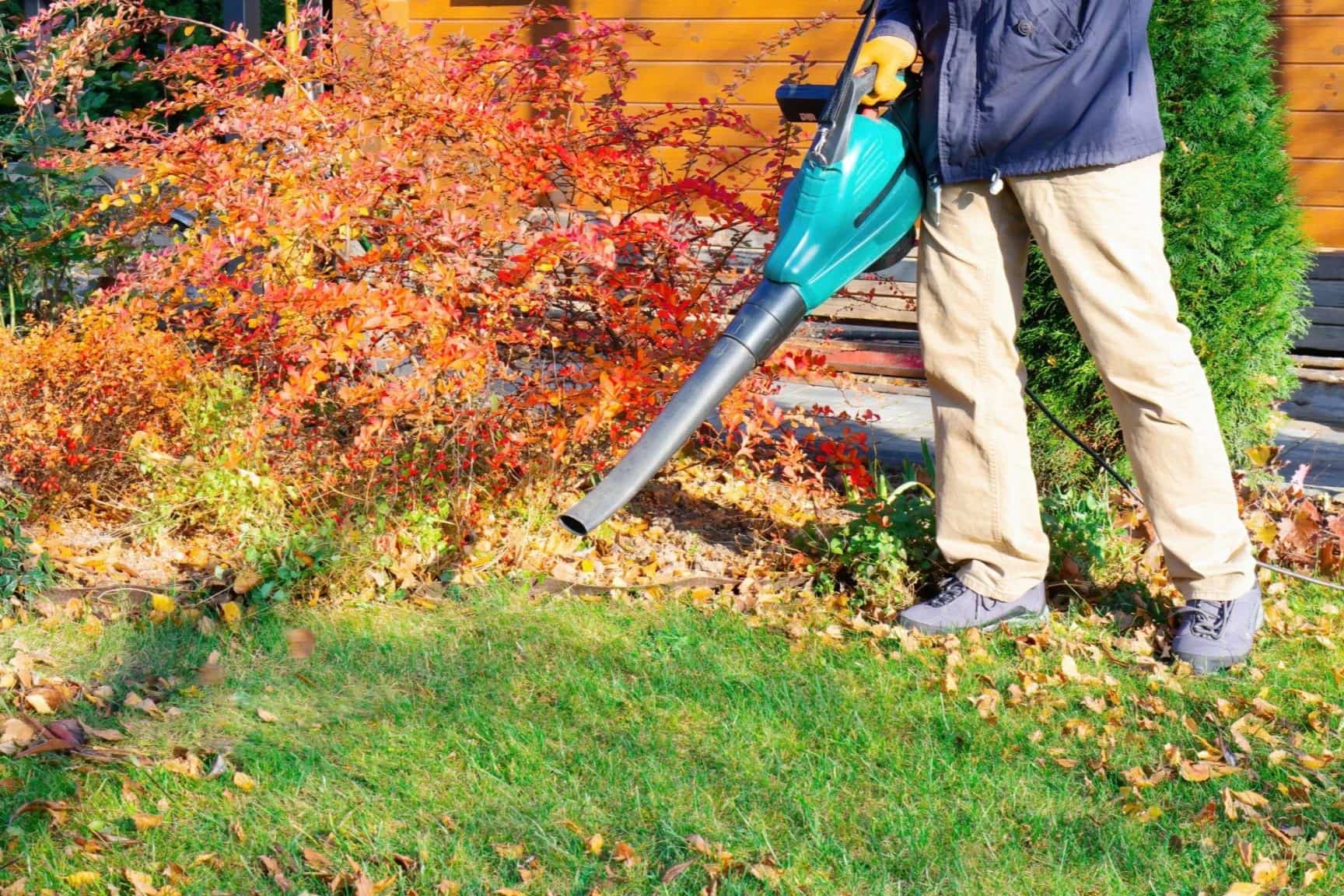
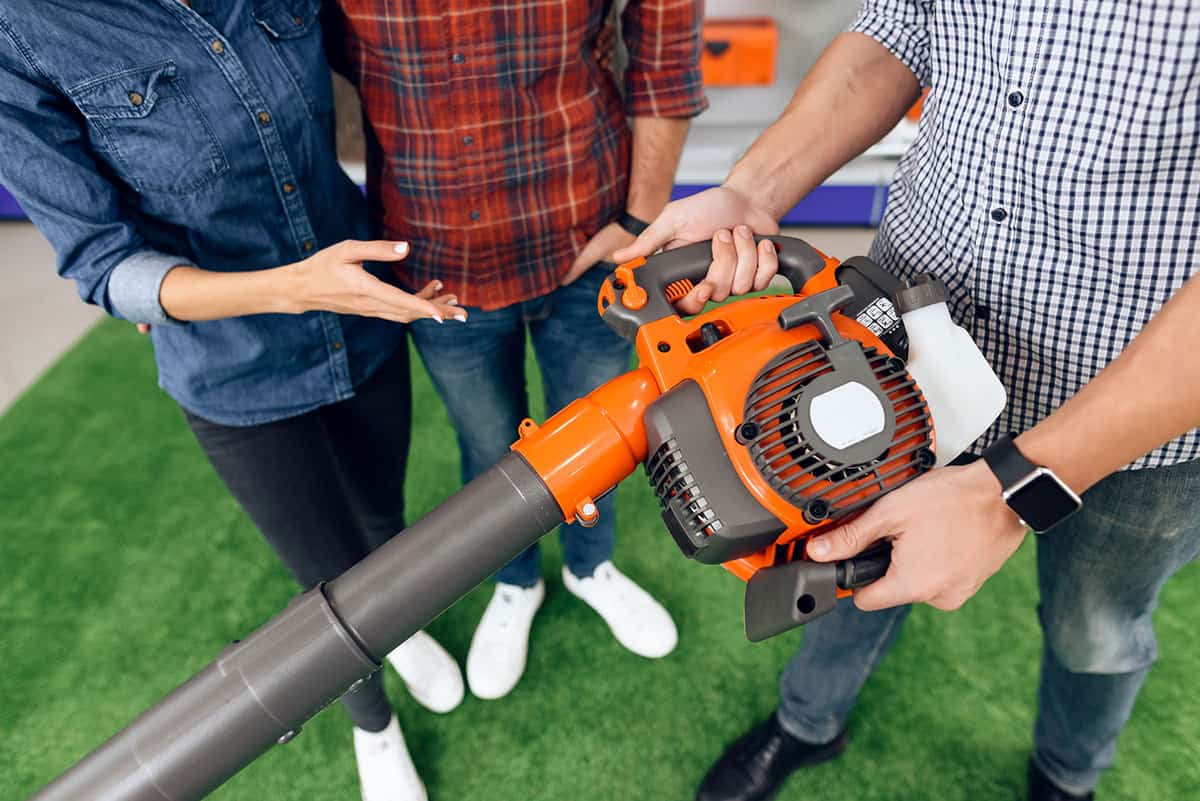
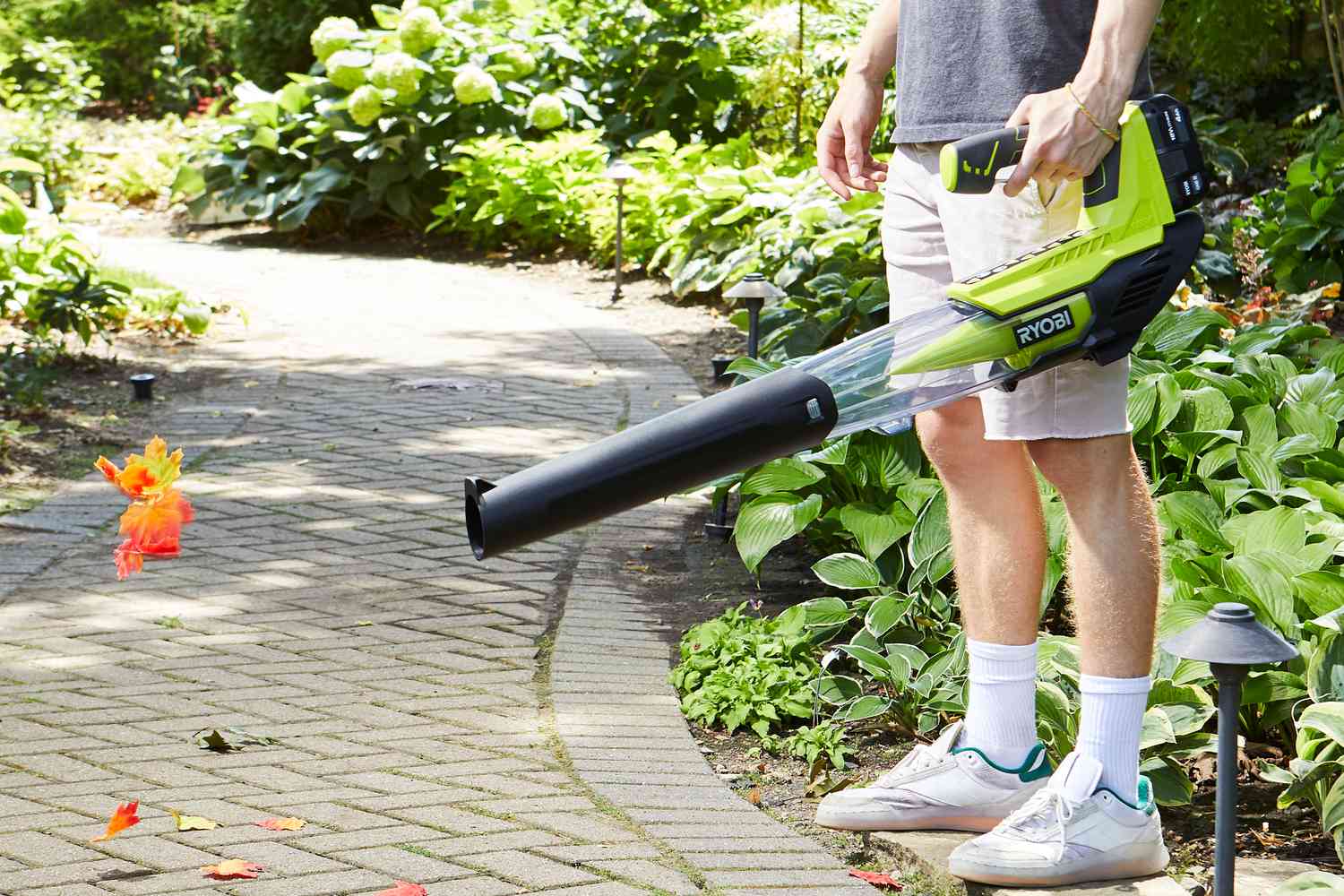
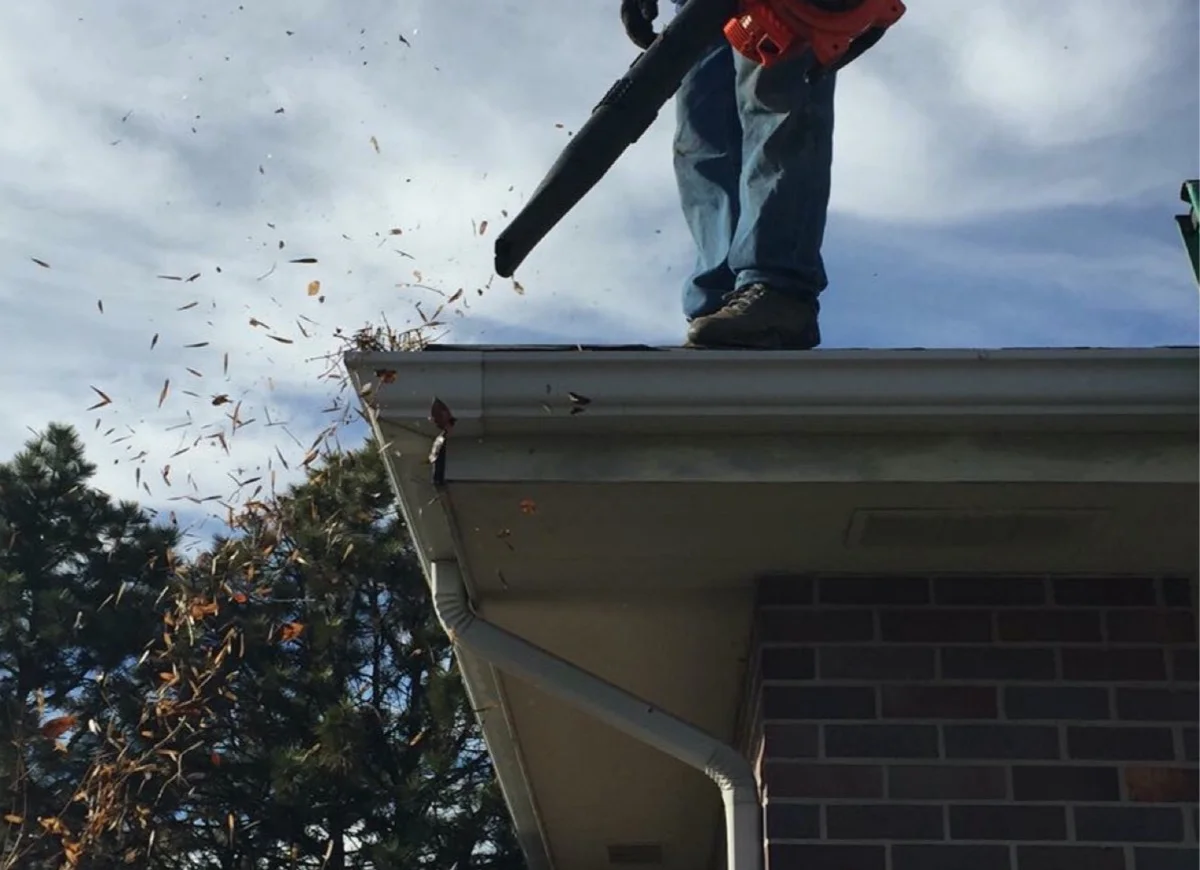
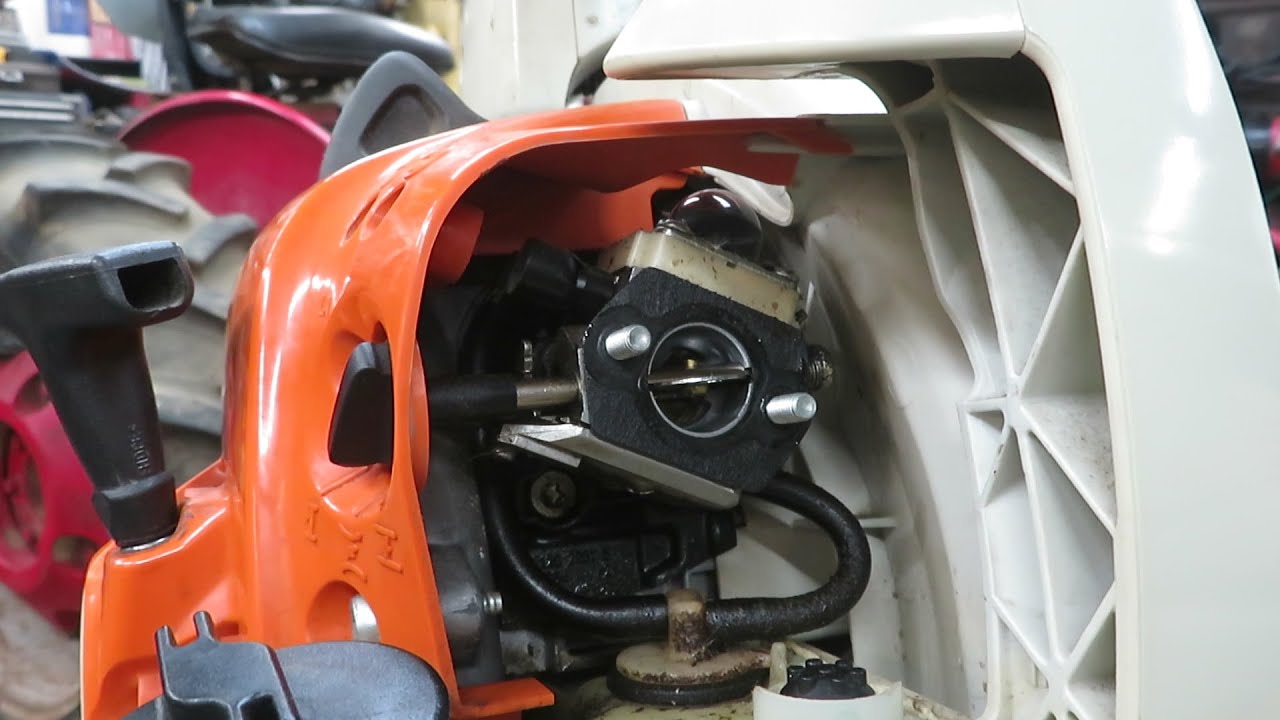
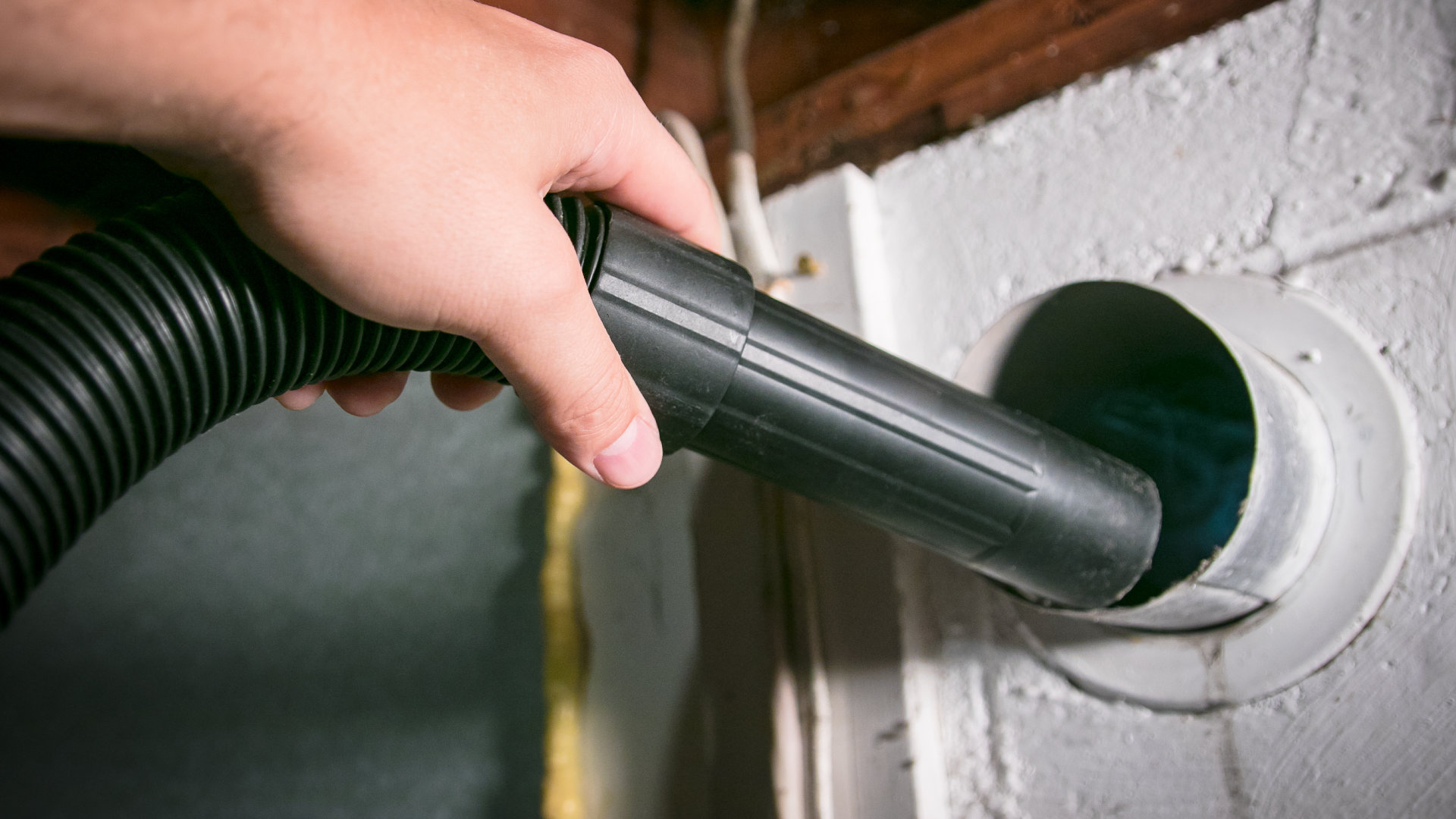
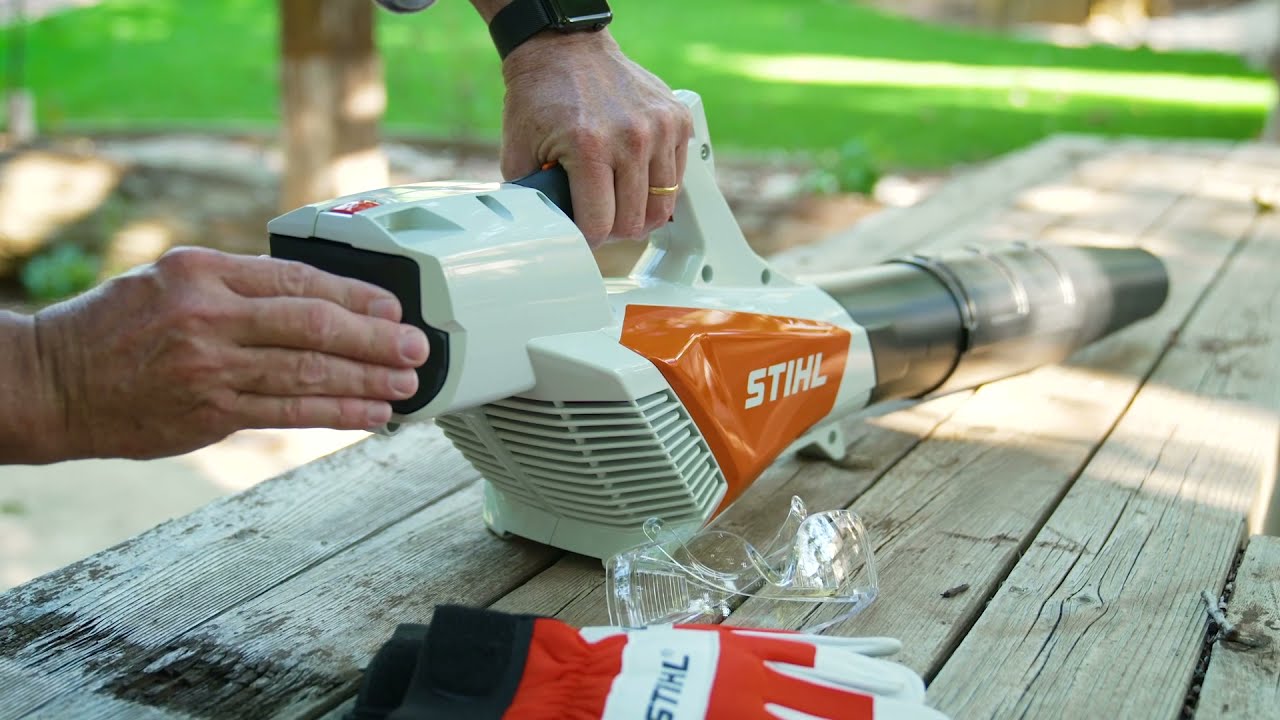
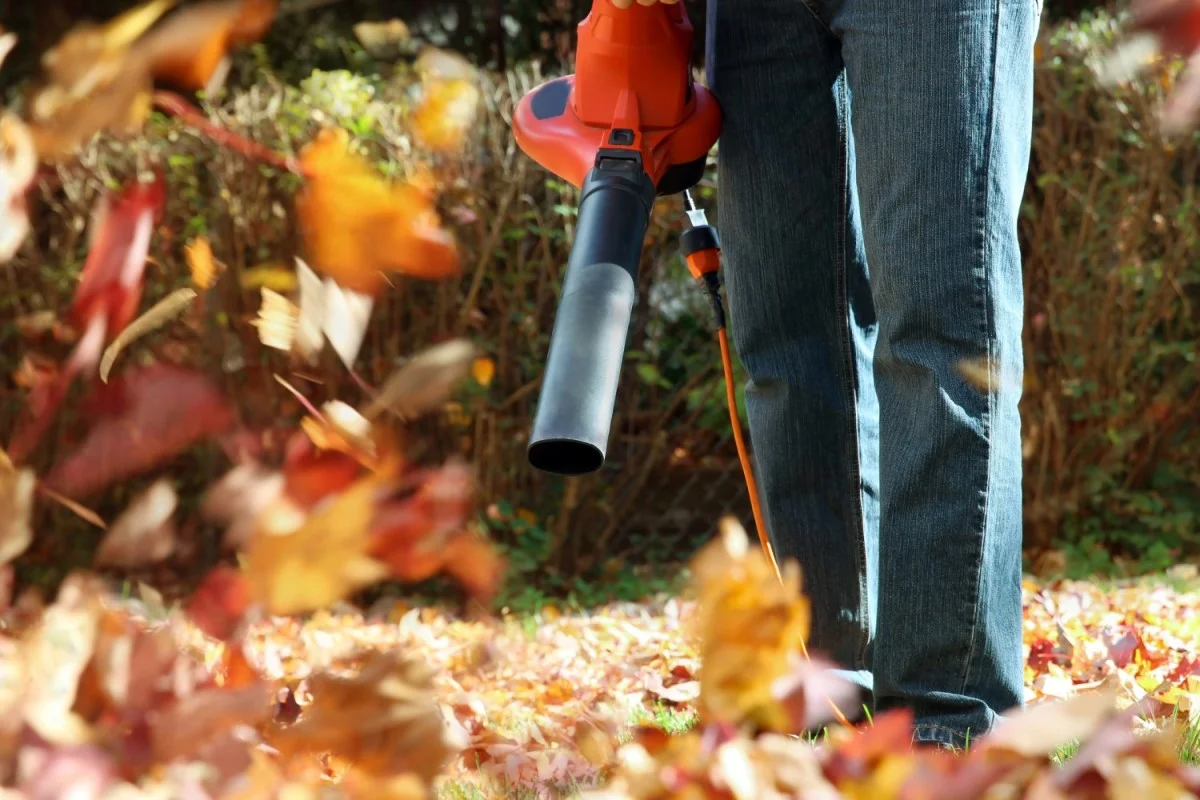

0 thoughts on “How Powerful Of A Leaf Blower Do I Need”